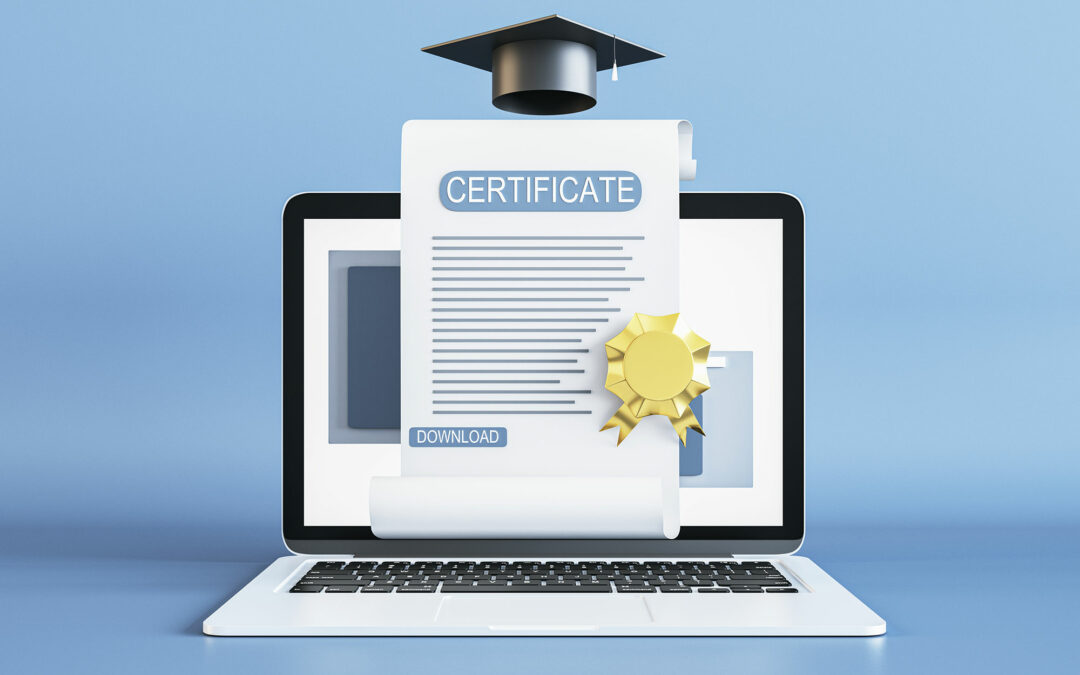HR managers across all industries have faced training challenges lately that few could have ever imagined. You’ve already had to figure out how to manage shifts to virtual work, ever-changing public health requirements, burned out employees, and labor shortages. So what’s in store for next year?
A Gartner survey reports that the number one priority for human resources next year is building critical skills and competencies. After so much time adapting to change that has been completely out of your control, the challenge of building skills is one you can get ahead of by leveraging your learning management system.
Use Your LMS to Achieve Your Training Goals
It goes without saying that the answer to improving employee skills is in your training program. As you set training goals for next year, focus on how you can use your LMS to meet the challenge of building critical competencies. Start with these:
- Increase staff retention. Your training time and money are best spent building the skills of the employees you already have rather than training new ones. Investing in employee training will not only provide you with better trained employees; it will also boost their confidence and company loyalty.
- Track employee progress. The right LMS will show you where skills gaps exist. You can easily see what training has been completed, what needs to be taken, and where employees may have struggled with assessments. This shows you what skills need to be reinforced through on-the-job training or coaching.
- Free up manager time. Use your LMS to decrease paperwork and streamline training administration so your managers have more time to work one-on-one with employees. A good LMS will allow you to maintain certifications and records digitally – it can even help you obtain and store digital signatures. Not only does this save time for your managers, but it also frees up physical file space where you would be storing paperwork.
- Reduce risk. The most dangerous place for a skills gap to exist is in compliance. Compliance training and certifications can easily be tracked and maintained within an LMS. Additionally, your LMS can allow you to automatically schedule training and refresher courses, so your staff is always up to date on mandated compliance training.
- Reduce onboarding time. When you create custom learning paths for new employees based on their specific job roles, they’ll move through orientation quickly. Once they finish their initial training, they can progress to more advanced skills-building courses.
Overcome Training Challenges in the New Year
The right LMS can help you manage your training by streamlining training and administrative tasks and identifying employees who need one-on-one coaching. Click here for a demo of trainingGrid®, an LMS designed specifically to help you meet your training goals.





